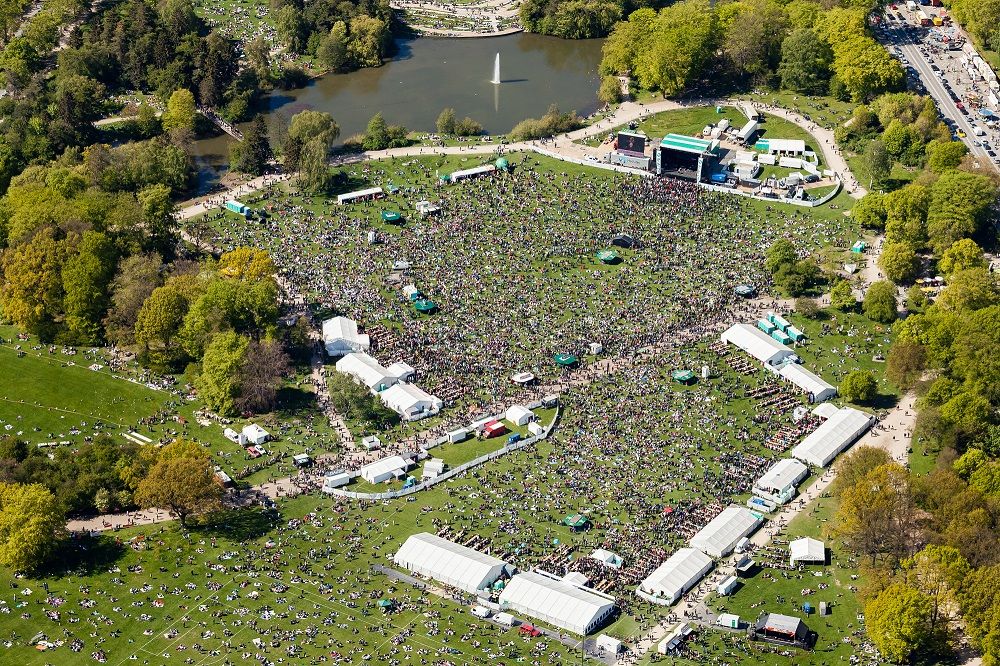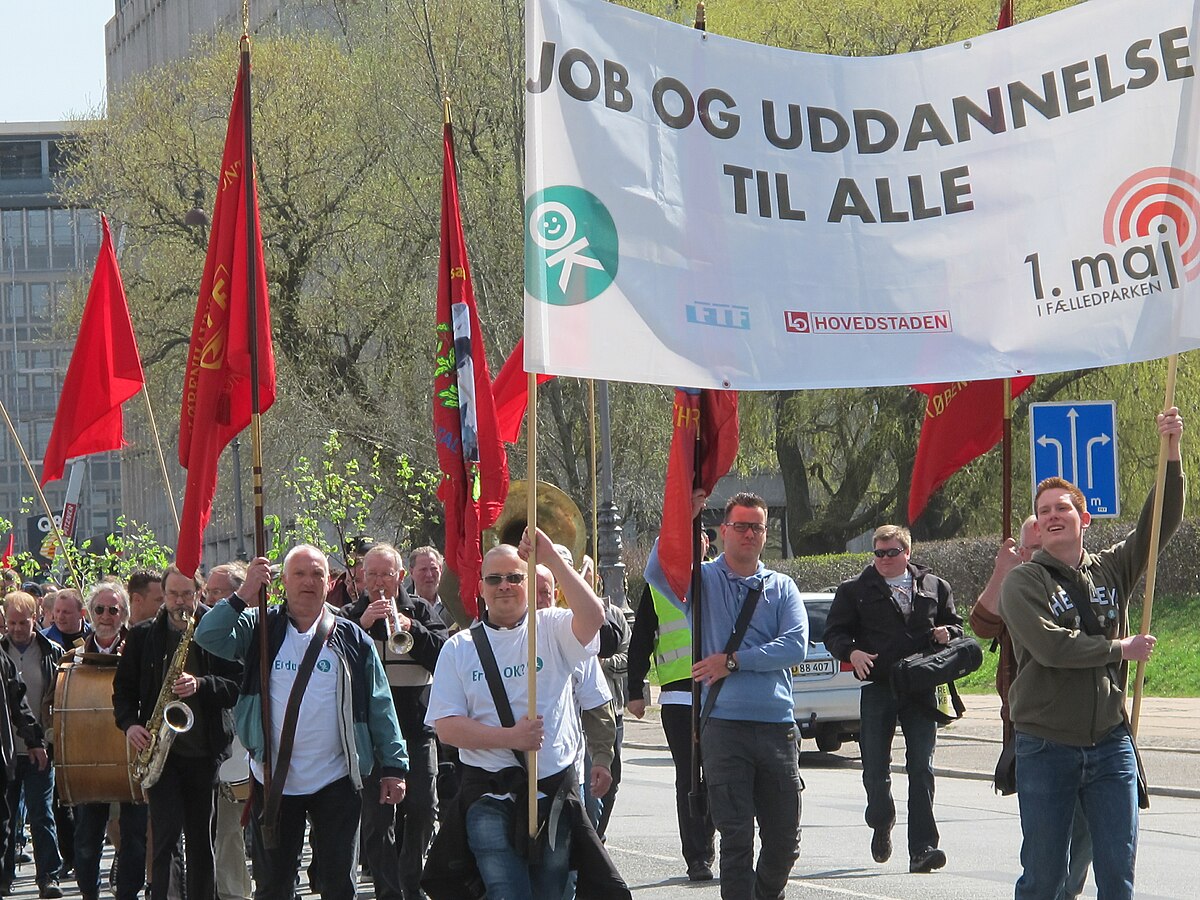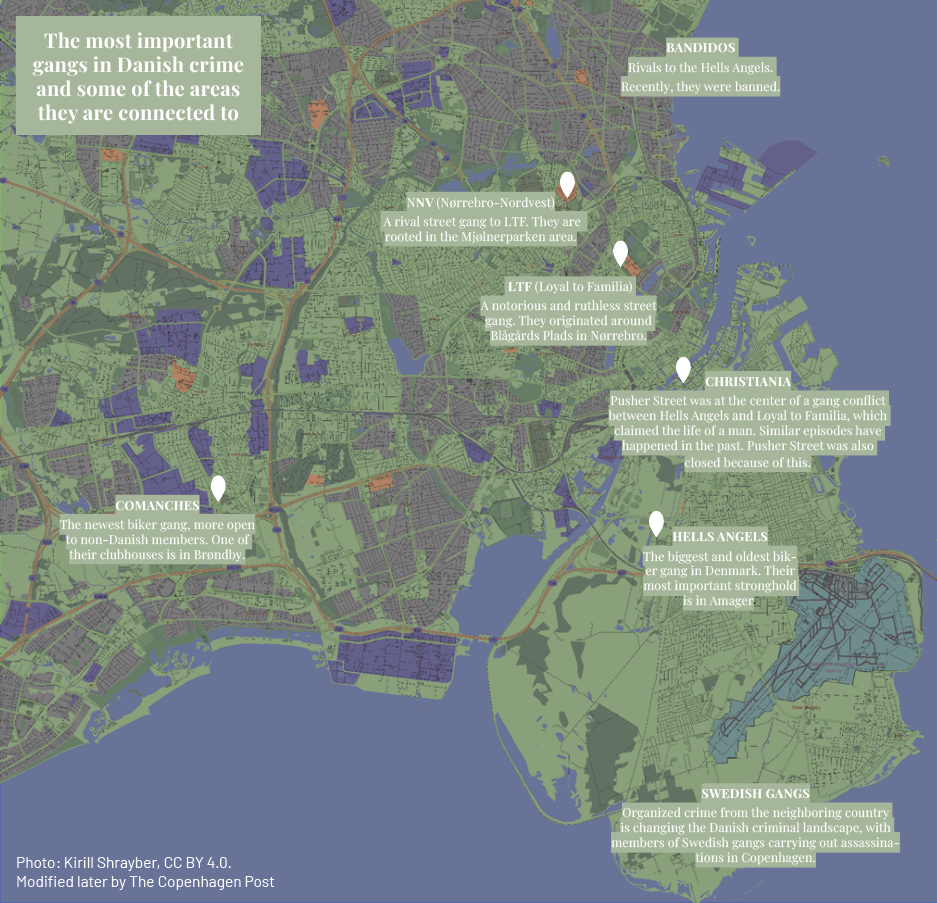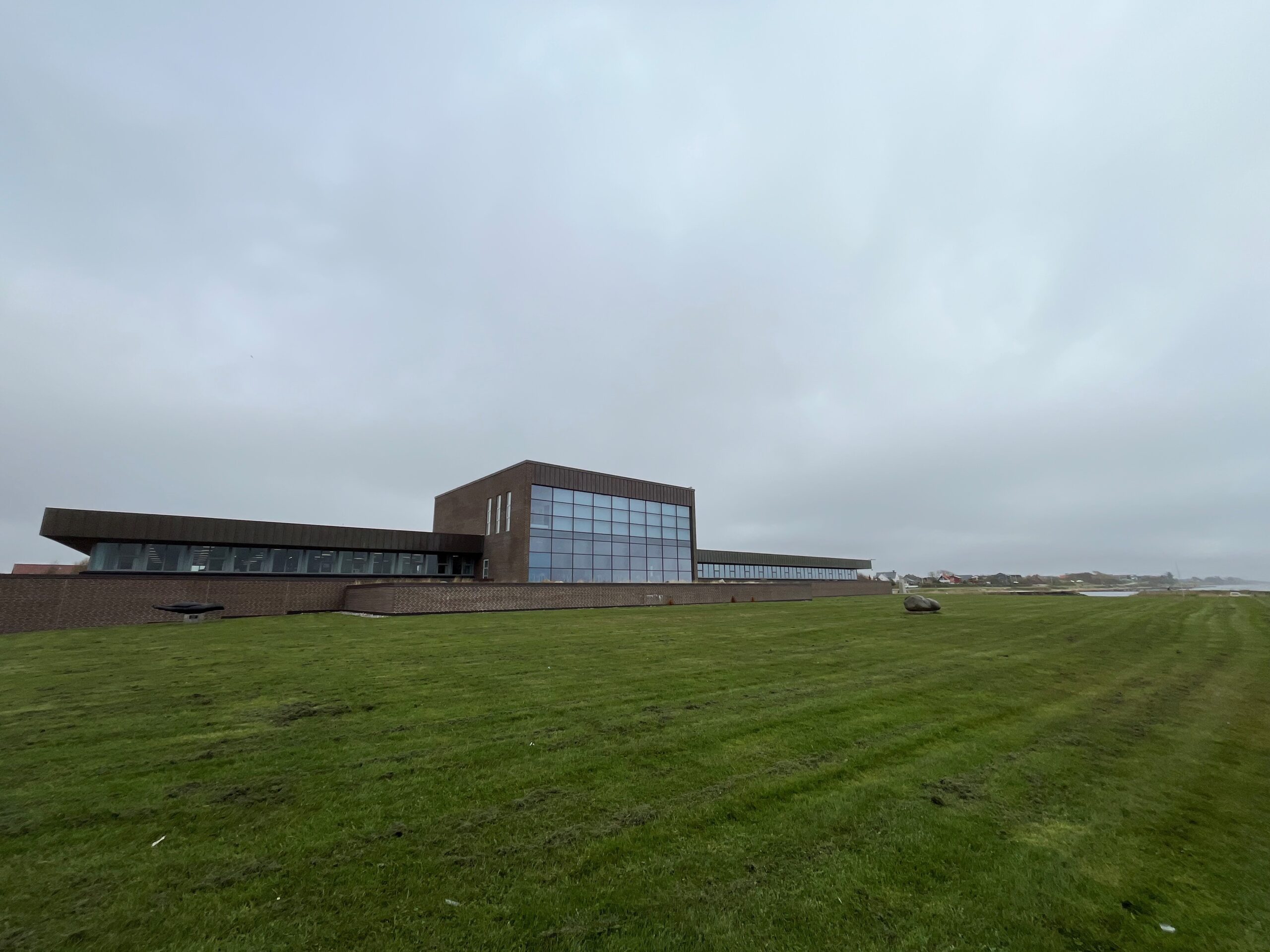If you’re new to Denmark and wondering why everyone is so suddenly skipping work on the 1st of May, while public transport is still running and the shops remain open, have no fear, as you are not alone. We wish to welcome you to Denmark’s most passionately celebrated non-holiday, also known as International Workers’ Day, where half of the population flocks to the parks and the other half is left behind wondering if they missed the memo. Yes, that memo!
Wait, wait! Is it a holiday or not?
Short answer: no, sorry. Long answer: 1st of May has never actually been an official public holiday in Denmark. Unlike in its neighbouring and Nordic countries, like Germany, Sweden, Norway and Finland, where the law states “Thou shalt rest”, Denmark said “We’ll leave it up to you to sort it out!” and because the Danes are known to be a practical bunch and not fear a bit of hard work, so they did.
The tradition of celebrating the 1st of May started in 1890, when Danish workers, inspired by international labour movements in other European countries and in the U.S.A., joined what later became known as the very first celebration of the International Workers’ Day in Denmark and setting the tone for the next 130 years.
On the 1st of May 1890, tens of thousands of Danish workers took to the streets, and most of them gathered at Fælledparken. The main reasons for their protests being the right to the eight-hour workday and better working conditions. The event was led by the party Social Democrats (in Danish, Socialdemokratiet, which is at the time of writing, holding a government with Mette Frederiksen as prime minister). Newspapers at the time described the atmosphere both festive and powerful, as a protest mixed with a picnic, which is the same vibe as today.
Although the Danish government never made the day an official public holiday, thanks to collective labour agreements and trade unions negotiating time off for their members, the 1st of May has a semi-official status in practice. Over the years, however, as employment contracts became more varied and union membership changed, this tradition became less standardised across the workforce.
So what happens on the day?
Imagine a giant park with thousands of people, hot dogs, vegan and eco-friendly food stalls, political speeches, panel talks, interactive discussions, children running around and others standing more or less patiently in the face painting line, someone playing guitar with more confidence than Jimi Hendrix, left-wing slogans on badges, t-shirts and posters. The mood is casual and friendly. That is Fælledparken, the main attraction in Copenhagen, on the 1st of May.
It’s a day for standing up for workers’ rights, even if you’re mostly just sitting on the grass and chatting with your friends. For internationals, it’s one of the best days to dive into Danish culture: slightly confusing, very democratic, and unexpectedly fun.
Where to go and how to blend in
If you want to take part and look like you’ve got this, here’s where to start:
Fælledparken: the main event www.faelledparken.dk
Danish Trade Union Confederation (FH): for event updates and historical context www.fho.dk
Copenhagen may have the biggest crowd, but many cities across Denmark celebrate the 1st of May too, such as Aarhus, Aalborg, and Odense. You can find events in your area here: https://1maj.info/
Tips for internationals:
You might not have the day off, as it depends on your employer, your contract, and how good your manager was at History in school. If they paid attention during the bit about the 19th-century labour movements, you might just get the day or half the day off. If not, see you at Fælledparken after work. Many Danes still attend the events after their working hours.
Shops and public transport are still fully operational, so it doesn’t feel like a public holiday, until you get to Fælledparken and realise everyone else got the memo. Yes, that memo.
The event in Fælledparken is free, open to everyone and probably the best opportunity to experience a crash course in Danish culture. If you have ever wondered what hygge looks like at a protest, this is it!












